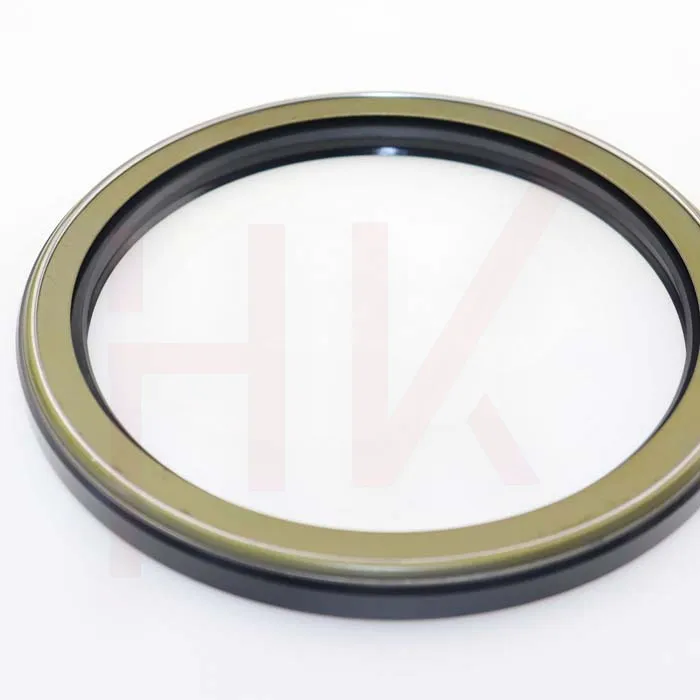Out . 01, 2024 06:45 Back to list
Effective Solutions for Dust Sealing in Industrial Applications and Environments
Understanding Dust Sealing Importance and Applications
Dust sealing refers to the processes and technologies employed to prevent the ingress of dust and other particulates into sensitive environments or equipment. This is particularly crucial in industries where cleanliness is paramount, such as pharmaceuticals, food production, electronics manufacturing, and certain scientific laboratories. The accumulation of dust can lead to equipment failure, contamination of products, and compromised safety, making dust sealing an essential consideration in facility design and maintenance.
The Importance of Dust Sealing
Firstly, ensuring a dust-free environment protects sensitive equipment. For example, in the electronics industry, exposed components such as circuit boards can be severely affected by dust accumulation, leading to short circuits or malfunctioning devices. Similarly, in pharmaceutical manufacturing, any contamination can result in non-compliant products, risking public health and safety. Effective dust sealing helps mitigate these risks, ensuring operational reliability and product integrity.
Secondly, dust sealing has significant implications for worker health and safety. Many types of dust can be hazardous to human health. Fine particulates, such as those found in construction or manufacturing settings, can contribute to respiratory problems and other serious health issues. Implementing proper dust sealing techniques creates a safer workplace by reducing the likelihood of airborne contaminants, thereby protecting employees and adhering to health regulations.
Methods of Dust Sealing
Various methods and technologies are available for effective dust sealing, and the choice largely depends on the specific needs of the environment. One common method is the use of gaskets and seals made from materials designed to withstand environmental stressors while ensuring a tight fit. These materials can include rubber, silicone, or foam composites that flex and compress without losing their sealing capabilities.
Another technique involves the design of airlocks and vestibules in facility layouts. These structures act as buffer zones that prevent dust from migrating into clean areas. For instance, in a cleanroom environment, personnel who enter must go through a series of controlled chambers that minimize the introduction of particulate matter.
dust sealing

In addition, advanced technologies such as positive pressure systems and air filtration systems can also enhance dust sealing. By maintaining a higher pressure within the workspace compared to outside, positive pressure systems push air out rather than allowing contaminants to seep in. Coupling this with high-efficiency particulate air (HEPA) filters can significantly reduce the amount of dust and particulate contamination in the environment.
Applications of Dust Sealing
Dust sealing has broad applications across various sectors. In the food industry, maintaining a clean environment is vital to prevent contamination and spoilage of products. Here, dust sealing measures complement strict hygiene standards to protect food safety.
In the automotive sector, dust sealing plays a crucial role in protecting vehicle components from debris and dust, which can affect performance and longevity. Seals in engines and gearboxes form barriers that prolong the life of parts and enhance functionality.
Each industry poses unique challenges related to dust management, and the implementation of effective dust sealing measures can lead to improved outcomes. By investing in proper sealing technology and methods, organizations can not only safeguard their operations but also enhance overall productivity.
Conclusion
In conclusion, dust sealing is a critical factor in many industrial processes and environments. By understanding its importance and incorporating effective dust sealing solutions, industries can protect sensitive equipment, ensure product quality, and promote a healthier workplace. As technological advancements continue, the techniques for achieving effective dust sealing will evolve, offering even more robust solutions tailored to specific needs and applications.
-
TCN Oil Seal Metal Ring Reinforcement for Heavy Machinery
NewsJul.25,2025
-
Rotary Lip Seal Spring-Loaded Design for High-Speed Applications
NewsJul.25,2025
-
Hydraulic Cylinder Seals Polyurethane Material for High-Impact Jobs
NewsJul.25,2025
-
High Pressure Oil Seal Polyurethane Coating Wear Resistance
NewsJul.25,2025
-
Dust Proof Seal Double Lip Design for Construction Equipment
NewsJul.25,2025
-
Hub Seal Polyurethane Wear Resistance in Agricultural Vehicles
NewsJul.25,2025
-
The Trans-formative Journey of Wheel Hub Oil Seals
NewsJun.06,2025
Products categories
















